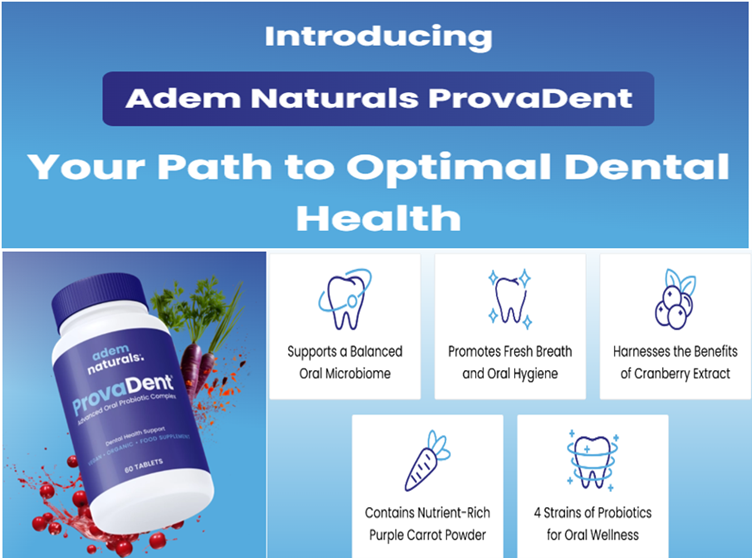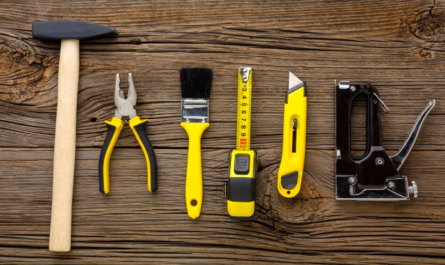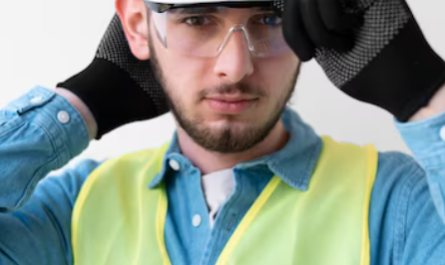Guardrails are an essential safety feature in workplaces and public areas where there is a risk of falls or hazardous access. These protective barriers save lives, prevent injuries, and contribute to a culture of safety. Let’s delve into 25 critical points about guardrails and why they are indispensable for ensuring workplace safety.
1. Purpose of Guardrails
Guardrails are designed to prevent falls by acting as a physical barrier. They are crucial on elevated surfaces, stairways, and platforms.
2. Compliance with OSHA Standards
The Occupational Safety and Health Administration (OSHA) sets stringent guidelines for guardrail installation. Adhering to these regulations ensures employee safety and legal compliance.
3. Height Requirements
OSHA mandates that guardrails must be at least 42 inches high, with a tolerance of ±3 inches.
4. Top Rail Strength
Top rails must withstand a minimum of 200 pounds of force applied in any direction.
5. Mid-Rail Importance
Mid-rails are required halfway between the top rail and the working surface to prevent accidental slips.
6. Toeboards for Added Safety
Toeboards prevent tools and debris from falling and causing injuries below.
7. Material Durability
Guardrails are typically made of robust materials like steel, aluminum, or wood to ensure long-term durability.
8. Portable Guardrails
Portable or temporary guardrails offer flexibility for construction sites and temporary projects.
9. Permanent Guardrails
Permanent installations are commonly found in industrial facilities, warehouses, and offices.
10. Visual Indicators
Guardrails can be painted in bright colors or fitted with reflective strips for visibility in low-light conditions.
11. Guardrails for Staircases
Handrails and guardrails on staircases prevent slips and trips, ensuring safe navigation.
12. Guardrails on Scaffolding
Construction scaffolding must have guardrails to protect workers from falls.
13. Roof Edge Protection
Guardrails on roofs mitigate the risk of falling during maintenance work.
14. Fall Protection Systems
Guardrails are a vital component of comprehensive fall protection systems in workplaces.
15. Inspection and Maintenance
Regular inspection ensures that guardrails are intact and meet safety standards.
16. Training for Employees
Employees should receive training on the importance and proper use of guardrails.
17. Customizable Designs
Guardrails can be customized to fit specific workplace needs.
18. Weather Resistance
Outdoor guardrails should be resistant to weather conditions like rain, wind, and snow.
19. Cost-Effectiveness
While an upfront investment, guardrails save costs by reducing workplace injuries and liabilities.
20. Enhanced Productivity
A safe work environment improves employee confidence and productivity.
21. Residential Use
Guardrails are essential for residential properties with balconies, staircases, and decks.
22. Public Infrastructure
Guardrails on roads, bridges, and highways protect vehicles and pedestrians.
23. Innovation in Guardrails
Modern designs include collapsible, modular, and energy-absorbing guardrails.
24. Risk Assessment
Conducting a thorough risk assessment helps identify areas where guardrails are required.
25. Legal Implications
Failure to install guardrails can lead to penalties, fines, and legal action in the event of accidents.
Conclusion
Guardrails are a non-negotiable safety feature in any environment with fall hazards. By prioritizing their installation, maintenance, and proper use, workplaces can significantly reduce the risk of injuries and fatalities. Incorporating guardrails into your safety strategy not only complies with regulations but also demonstrates a commitment to employee well-being and operational excellence.
“Start Your Website Journey Today – Exclusive Hostinger Discounts!”










